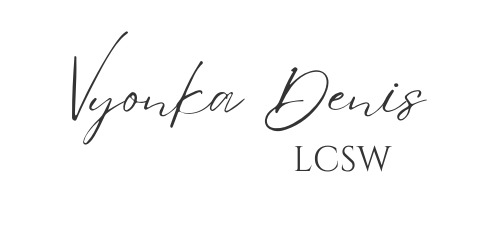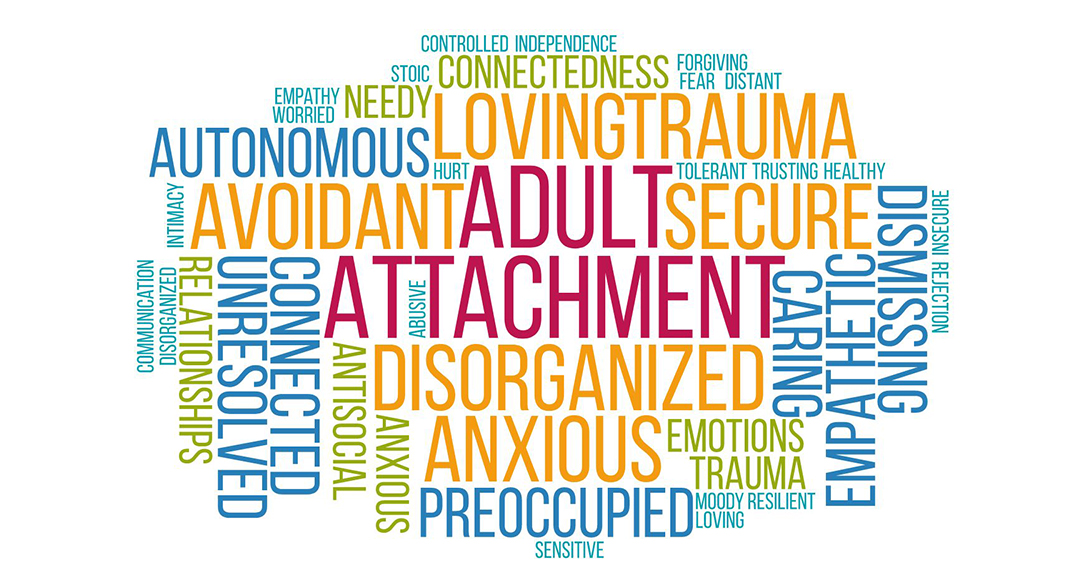This topic has been one I have had on my mind since baby #2 was born. The “I don’t want to mess up my kid” thoughts began to overflow (hello, anxiety, my old friend). Even with the insights that I have on this topic from research during undergrad and graduate school and even reading more on the topic when I started to do my own healing. I just couldn’t shake the overwhelming obsession where I felt I had to try to be “perfect”. I am sure many can relate to the pressure that parenting can put on you, I know that if I am present for my child then everything will be ok!
One anxiety that I always had pre-baby was that I needed to MAKE SURE that I had a secure attachment with my children. I say this, because I always felt “messed up” as I did not have a secure attachment or bond with my parents. It is not something that I dwell on anymore as I have done by trauma work and have significantly improved my processing, coping and relationships. But the anxiety is still there and I feel that it will always be, as I know that is how my brain was wired since a very young age, but having the knowledge and coping tool box that I have I can move past those speed-bumps. Plus thank goodness for supports and even working on improving my relationships with my parents. It is never too late, and you CAN shift your attachment styles over time.
Nothing is set in stone.. but you DO have to put in the work in order to be emotionally stable. This is something that you do always, not only when something “bad” happens. We have to constantly be taking care of ourselves. As mentioned in other posts, when we are able to practice our self-care continuously and keep our coping skill “tool box” handy, we can take on the world and whatever it throws at us. But as babies we are learning trust and who do we look for this “trust”? our parents. This can happen at different times for babies. There comes a point where the baby is mainly attached to one person and there can be instances of separation anxiety, although this part can be a tad overwhelming for that person (speaking for myself here) but this is where baby is beginning to learn trust.
This trust is modeled as well, all behaviors are, really. But an example is when baby will either cry, call out for you, in their own way of course as they do not have words yet. They want to be held constantly and depending on the parent/caregiver’s response, the baby will learn trust. Jaxon is almost 7 months now and for the past month I would say he has wanted to be with me every moment of the day. My heart bursts with love! But my hip feels dislocated and my arm is feeling it too! (I know these aches are temp! Not complaining just sharing!)
The first three years of life are crucial for cognitive development and the time when attachment is formed. Attachment styles can be changed throughout the lifespan, might it be for bettering relationships or if the individual experiences a traumatic event that can disrupt their attachment style.
What is attachment theory?
It is the emotional bond that connects two people. It is theorized that the parent-child relationship is what impacts our relationship styles in adulthood. So, our attachment style is influenced by the quality of attention and responsiveness that was provided by our parents/caregivers.
Attachment Styles
Dismissive- Avoidant– Dismissive-Avoidant attachment is characterized by avoiding emotional connections, hiding your emotions, and withdrawing from others. Children with this attachment style tend to avoid their caregivers, either simply avoiding or even rejecting affection. They will show little preference for their own parents over strangers. Adults with this attachment style have a hard time forming close relationships. They are emotionally unavailable/checked out. Most likely their parent ignored their emotional needs, they were the parentified child, left alone/ fend for their self.
Fearful- Avoidant– The fearful-avoidant attachment style, also known as disorganized attachment, is characterized by conflicting feelings about relationships. People with this style experience anxiety about relationships and although they want to be close, they push people away. They have a strong fear of abandonment. Children with this attachment style have a confusing mix of attachment behaviors. This is the result of a parent who was verbally or physically abusive, neglectful, and needs not being met.
Anxious Attachment– Anxious attachment, also known as an ambivalent attachment or anxious/ambivalent attachment, is characterized by low self-esteem, neediness, distrust, and fear of rejection. Children who are anxiously attached tend to be very afraid of strangers and experience distress when separated from their caregivers. However, they may also avoid or reject comfort from their parents once reunited. As adults, people with an anxious attachment style crave intimacy but are afraid of getting close to other people. They seem needy/clingy and constantly worry that their partner doesn’t really love them. Parents were most likely inconsistent.
Secure Attachment– Secure attachment is characterized by strong relationships, trust, affection, resilience, and self-esteem. Children who develop this style are raised by caregivers who are responsive and in tune with their child’s needs. Securely attached children turn to their parents when they need them. As adults, securely attached people are able to develop strong, secure, and lasting relationships. They have a strong sense of self, enjoy healthy relationships with other people, and have a solid social support system.
Not sure which is your attachment style? There are many quizzes that you can take online, just google: attachment style quiz and you will find many options. Also, you can have more than one attachment style. It helps to know the “why” we act the way that we do and how our childhood influences our adult relationships. The takeaway is we can improve our flaws and work towards our happiness. I am a big advocate for therapy and it is never too late to work on yourself!





